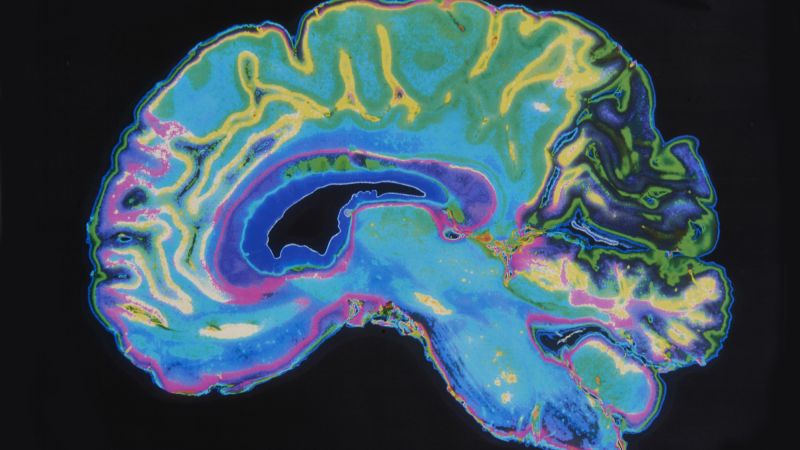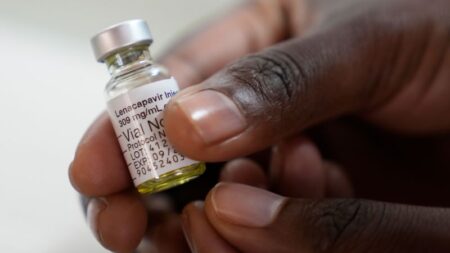In a groundbreaking new study of nearly 5,000 9- and 10-year-olds, researchers have discovered that sex and gender have distinct influences on the brain that are measurable and unique. This research marks a critical step in understanding how both sex and gender impact brain development, offering insights that could not only reshape our understanding of the brain but also inform future research and medical treatments.
Dr. Elvisha Dhamala, an assistant professor of psychiatry at the Feinstein Institutes for Medical Research and the Zucker Hillside Hospital, emphasized the importance of considering sex and gender separately in order to better understand the complexities of the brain. The study, published in the journal Science Advances, defined sex as what was assigned to a child at birth based on genitalia, with most individuals assigned as either female or male.
Gender, on the other hand, was defined as an individual’s attitude, feelings, behaviors, and socially constructed roles. The researchers noted that gender is not binary and that not all people identify as either female or male. Both sex and gender play crucial roles in how individuals perceive themselves and others, as well as how they behave and maintain their health.
The study analyzed brain imaging data from over 4,700 children in the Adolescent Brain Cognitive Development (ABCD) study, focusing on brain regions associated with visual processing, sensory processing, motor control, and executive function. The results suggested that sex influences specific brain regions, while gender has a broader impact on various brain networks involved in attention, social cognition, and emotional processing.
Using machine learning techniques, the researchers developed a model that could predict a child’s sex and reported gender based on their brain scans. This approach allowed them to demonstrate how gender influences brain function, providing new insights into the complex interplay between sex, gender, and brain development.
While the study could not predict a person’s gender identity beyond a single snapshot in time, it highlighted the dynamic nature of gender and the potential for change over a lifetime. As researchers continue to explore the intersections of sex, gender, and brain development, they hope to gain a deeper understanding of how these factors impact individuals across different cultures and life stages.
Ultimately, this research has the potential to transform our approach to brain-related illnesses and inform more effective treatments. By recognizing the diverse influences of sex and gender on the brain, scientists can work towards developing more personalized and inclusive healthcare strategies that address the unique needs of each individual.











